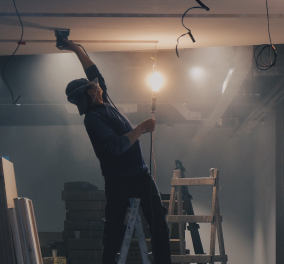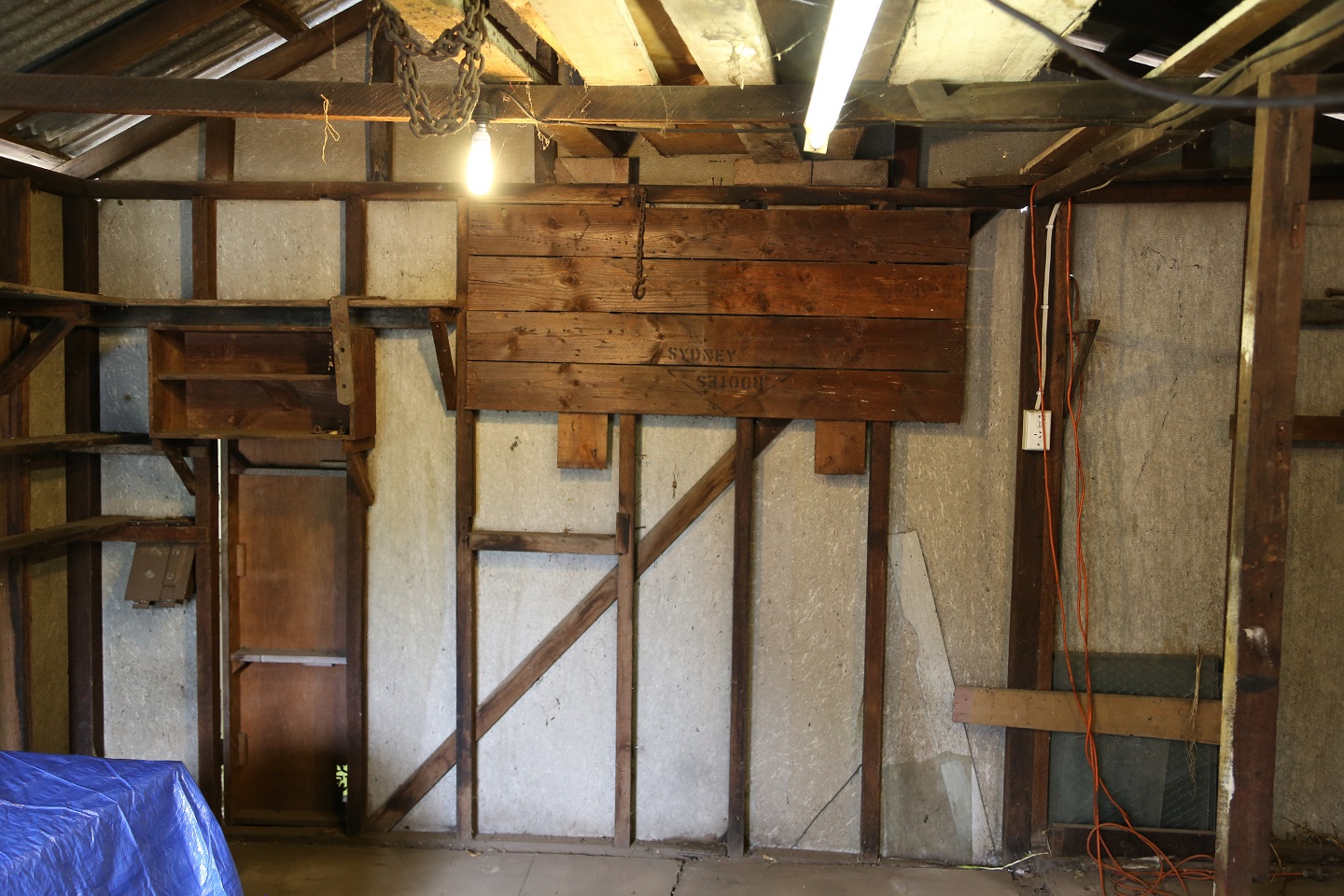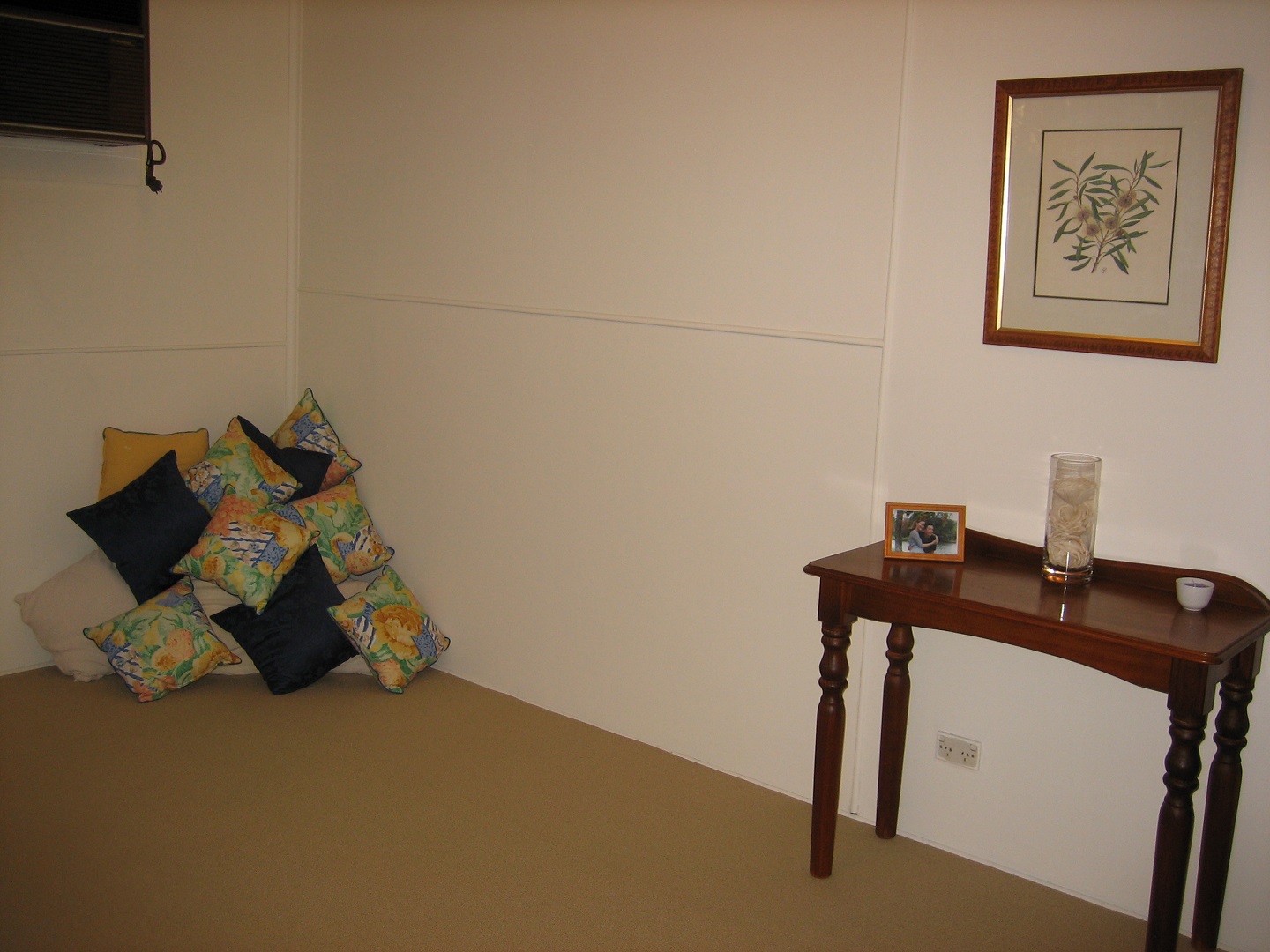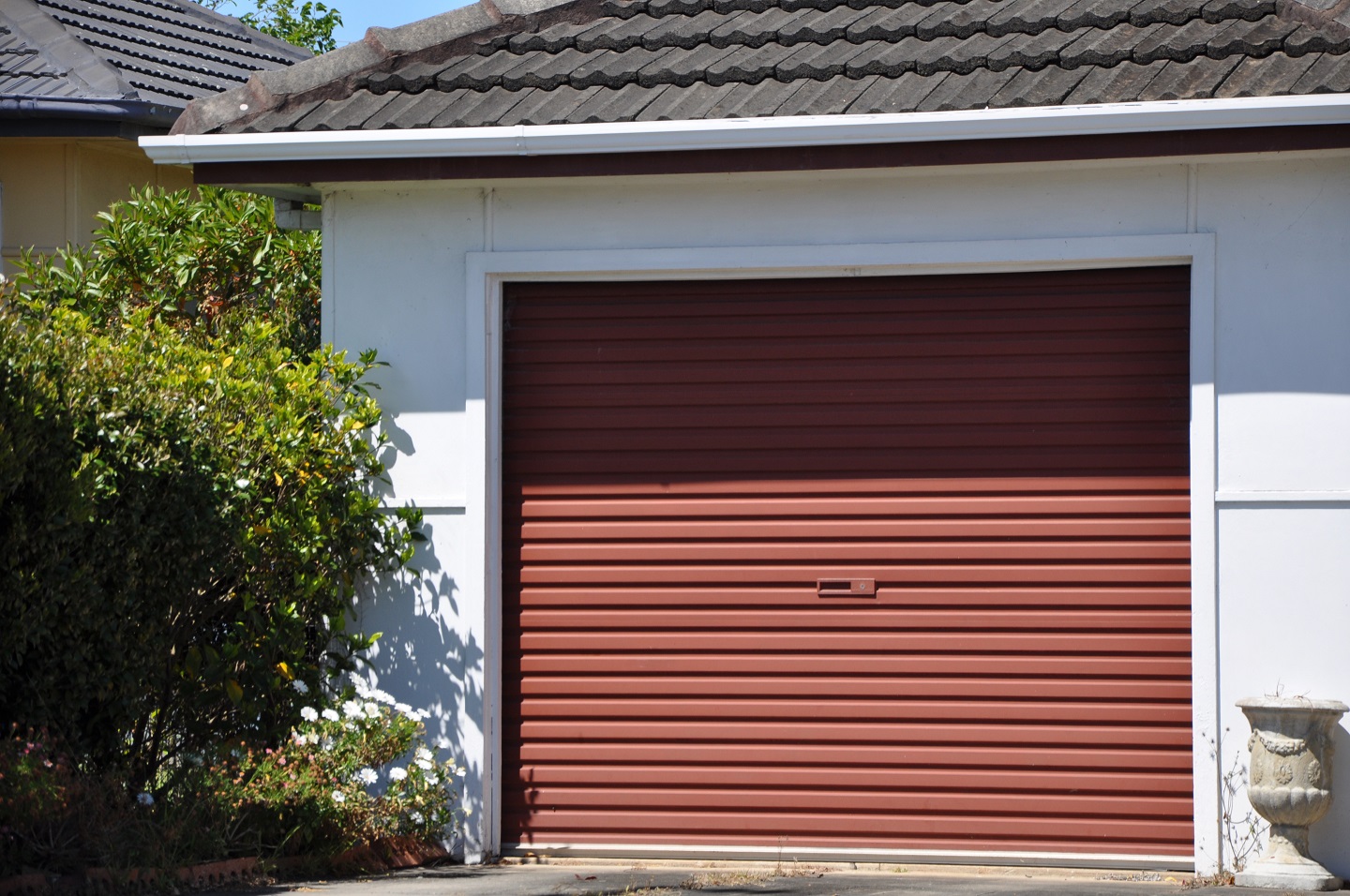7.5 Product detail page View in a new window
Landing page for the products
Twig: templates/product.twig
Most popular searches
We strongly recommend you use a licensed asbestos accessor or removalist
This Asbestos Finder contains general information and your building might contain asbestos not described here.
Cement sheeting
Asbestos cement sheeting was widely used from the 1950s to the late 1980s, so is frequently found when renovating older buildings. Flat-sheet fibro is the most common asbestos cement sheeting. It was simply nailed to a wooden-framed structure, making construction quick and cheap, and could be painted.
Cement sheeting was made of asbestos fibres and cement mix, usually in the ratio of 1:9. The asbestos fibres are bound in the cement matrix, preventing them from moving. The fibres don’t tend to be released as long as the sheeting is intact and not cut or drilled.
The asbestos in these cement sheets made them resistant to heat and moisture, making them ideal for use in wet or heat-sensitive areas.
Asbestos cement sheet products include Coverline, Hardiflex, Harditherm, Highline, Shadowline and Villaboard as well as: • Colorbord – Permanently coloured on one side, this smooth-surfaced sheeting was used for interiors and exteriors. • Hardiplank – Typically used in single and medium-density homes, including for alterations and additions, this sheeting looks like weatherboard. • Standard surface compressed sheet – This sheeting either had a smooth surface on both sides or a non-skid patterned surface on one side. It had specialised uses, such as balustrades, stair treads, curtain wall infills, toilet partitions, bathroom floors, suspended decks, sun louvres, window sills, laboratory bench tops and formwork. • Tilux – Coloured, patterned and waterproof, this sheeting was used in wet areas, mainly in kitchens, bathrooms and laundries. • Versilux – This fibro was typically used to line internal walls and ceilings in laundries, kitchens and high-traffic areas in residential (including medium-density) and commercial buildings.
What to look for
Cement sheeting
Asbestos cement sheeting was widely used from the 1950s to the late 1980s, so is frequently found when renovating older buildings. Flat-sheet fibro is the most common asbestos cement sheeting. It was simply nailed to a wooden-framed structure, making construction quick and cheap, and could be painted.
Cement
Asbestos cement sheeting was widely used from the 1950s to the late 1980s, so is frequently found when renovating older buildings. Flat-sheet fibro is the most common asbestos cement sheeting. It was simply nailed to a wooden-framed structure, making construction quick and cheap, and could be painted.
Kitchen
Asbestos cement sheeting was widely used from the 1950s to the late 1980s, so is frequently found when renovating older buildings. Flat-sheet fibro is the most common asbestos cement sheeting. It was simply nailed to a wooden-framed structure, making construction quick and cheap, and could be painted.
Manufacturing information
- How to safely manage Non-friable
- How to safely dispose 1940-87
Related Information
1 of 12 images
Markup
{% set data = data|default({
"svgUrl":"."
})
%}
<div class="">
{% include '@asbestos/components/header/header.twig' %}
{% include '@asbestos/components/navigation/nav-main.twig' %}
{% include '@asbestos/components/navigation/breadcrumbs.twig' with {
breadcrumb : [
{
"text": "Home",
"url": "#"
},
{
"text": "Identifying asbestos",
"url": "#"
},
{
"text": "Search asbestos products",
"url": "#"
}
]
} %}
{% include '@asbestos/components/hero-search/hero-search.twig' %}
<main>
<div class="nsw-container p-0">
<div class="col-12 mb-3 ">
{% include '@asbestos/components/callout/callout.twig' with {
data : {
"heading": "We strongly recommend you use a licensed asbestos accessor or removalist",
"copy": "This Asbestos Finder contains general information and your building might contain asbestos not described here.",
"svgUrl":"."
}
} %}
</div>
<a class="nsw-direction-link pl-3" href="#">
<img src="{{data.svgUrl}}/images/arrow.svg" class="nsw-icon nsw-icon--rotate-180">
<span class="nsw-direction-link__text ">
Back <span class="sr-only">of page</span>
</span>
</a>
</div>
<div class="nsw-wysiwyg-content nsw-container p-0">
<div class="row">
<div class="col-12 col-md-6 ">
<h1 class="col-12 mt-4">Cement sheeting</h1>
<p class="col-12 mt-4">Asbestos cement sheeting was widely used from the 1950s to the late 1980s, so is frequently found when renovating older buildings. Flat-sheet fibro is the most common asbestos cement sheeting. It was simply nailed to a wooden-framed structure, making construction quick and cheap, and could be painted.</p>
<p class="col-12"> Cement sheeting was made of asbestos fibres and cement mix, usually in the ratio of 1:9. The asbestos fibres are bound in the cement matrix, preventing them from moving. The fibres don’t tend to be released as long as the sheeting is intact and not cut or drilled.</p>
<p class="col-12"> The asbestos in these cement sheets made them resistant to heat and moisture, making them ideal for use in wet or heat-sensitive areas.</p>
<p class="col-12"> Asbestos cement sheet products include Coverline, Hardiflex, Harditherm, Highline, Shadowline and Villaboard as well as:
• Colorbord – Permanently coloured on one side, this smooth-surfaced sheeting was used for interiors and exteriors.
• Hardiplank – Typically used in single and medium-density homes, including for alterations and additions, this sheeting looks like weatherboard.
• Standard surface compressed sheet – This sheeting either had a smooth surface on both sides or a non-skid patterned surface on one side. It had specialised uses, such as balustrades, stair treads, curtain wall infills, toilet partitions, bathroom floors, suspended decks, sun louvres, window sills, laboratory bench tops and formwork.
• Tilux – Coloured, patterned and waterproof, this sheeting was used in wet areas, mainly in kitchens, bathrooms and laundries.
• Versilux – This fibro was typically used to line internal walls and ceilings in laundries, kitchens and high-traffic areas in residential (including medium-density) and commercial buildings.</p>
</div>
<div class="col-12 col-md-6">
<h4 class="col-12 nsw-card__link mt-5 pl-md-0">What to look for</h4>
{% include '@asbestos/components/accordion/accordion.twig' %}
<h4 class="col-12 nsw-card__link mt-5 pl-md-0 text-decoration-none">Manufacturing information</h4>
{% include '@asbestos/components/linked-list/linked-list.twig' with {
"linkList" : [
{
"text": "How to safely manage",
"moreDetail": "Non-friable"
},
{
"text": "How to safely dispose",
"moreDetail": "1940-87"
}
]
} %}
<h4 class="col-12 nsw-card__link mt-5 text-decoration-none pl-md-0">Related Information</h4>
{% include '@asbestos/components/linked-list/linked-list.twig' %}
</div>
</div>
</div>
</main>
<div class="mt-4">
<p class="h5 nsw-container my-2">1 of 12 images</p>
{% include '@asbestos/components/teasers/teaser-image-caption.twig' with {
data : [{
"src": "./images/hompage-50-1.png",
"caption":"Close up of underside of asbestos cement . Notice the golf ball dimpling - this is an indication that the material is asbestos cement sheeting."
},{
"src": "./images/garage.jpg",
"caption":"Cement sheet lining on walls and ceiling with asbestos cement cover strips over the joins."
},{
"src": "./images/room.jpg",
"caption":"Asbestos cement sheet cladding - exterior walls and eaves"
},{
"src": "./images/hompage-50-2.png",
"caption":"Asbestos Cement Sheeting - garage exterior. Many homes in the affluent areas erected a fibro garage to house their new car in the 1950s - 1960s"
},{
"src": "./images/cement.jpg"
},{
"src": "./images/house.jpg",
"caption":"Asbestos cement sheet cladding"
}]
}%}
</div>
<div class="mt-4">
{% include '@asbestos/components/location-search/location-search.twig' %}
</div>
<div class="">
{% include '@asbestos/components/footer/footer.twig' with { "modifier_class":"mt-0"} %}
</div>
</div>







